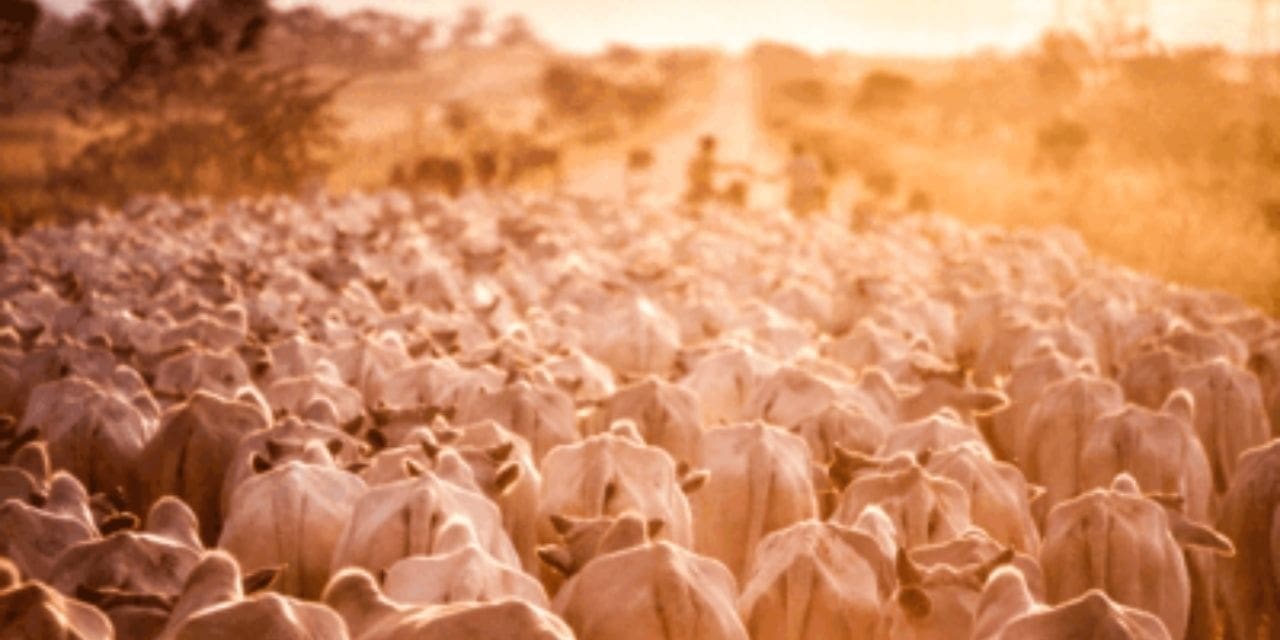The basis of claims that the leather industry, and brands using leather, are responsible for contributing to Amazon deforestation is that leather is part of the overall value of cows now using these cleared lands for grazing. How would LWG respond?
Cows are not raised for leather. Many people don’t know that hides and skins are discarded by the meat industry on an immense scale. In 2020 in the US alone, 14.5% of all hides from cattle were sent to landfills or incinerated, according to figures released by the Leather & Hide Council of America (L&HCA). So, in numbers, we are talking 4.8 million hides wasted out of the 33 million cattle processed for the food sector, which is approximately 1 in 7 hides that is wasted. As we all know, generating waste has implications for the environment also, and these wasted hides generated over 120,000 tons of greenhouse gas emissions1. The L&HCA allows us to visualize what this means in terms of wasted consumer product; the hides could have made 96 million footballs, over 86 million pairs of shoes, or 1.6 million sofas.
OK, but what about the financial argument?
A cowhide represents anything from less than 1%2 to a maximum of 3%3 of the total value of the animal. If cattle were raised for leather, commercial entities would not be losing product (and profits) on such a large scale, as well as having to pay for the material to be disposed of.
Thus, the facts point to leather being a by-product of the meat and dairy industries and for the reasons outlined above. Leather is circular, natural, and renewable, and it is our responsibility to utilize this by-product and manufacture leather in the most responsible way. But many people still think that cows are raised for leather, so changing consumer perception is going to be a challenge for the leather industry.

